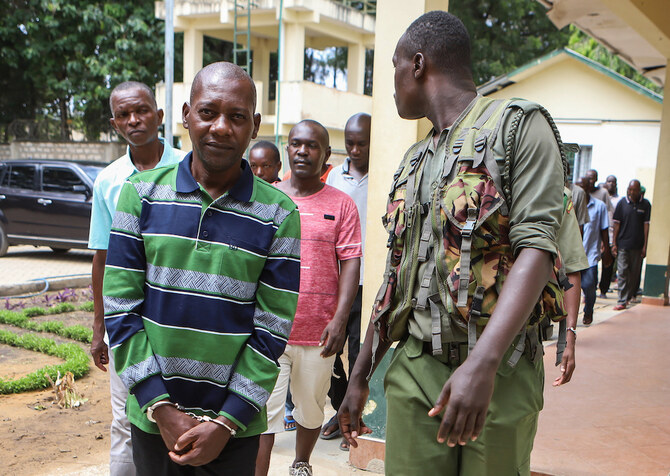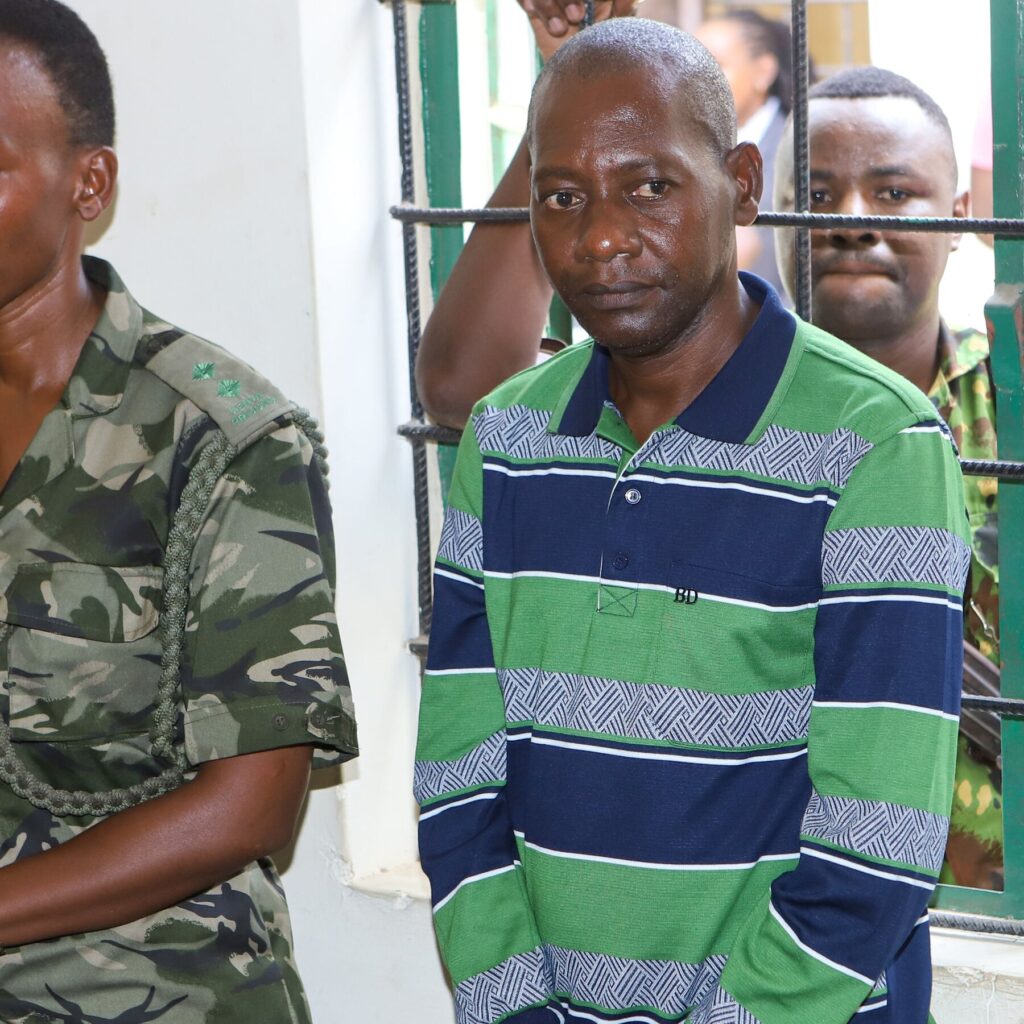MOMBASA, Kenya – Paul Nthenge Mackenzie, the leader of a Kenyan starvation cult, appeared in court on Monday to face charges of manslaughter following the deaths of more than 400 of his followers in what is now regarded as one of the deadliest cult-related tragedies in modern history.

Mackenzie, who refers to himself as a self-proclaimed pastor, along with dozens of other suspects, entered a plea of not guilty to multiple counts of manslaughter during a hearing at the magistrate’s court in the Indian Ocean port city of Mombasa.
The charges are part of a broader case surrounding what has become infamously known as the “Shakahola Forest Massacre.”
The courtroom was packed with over 90 suspects, as prosecutors and court officials began outlining the grim details of the case.
Prosecutor Alexander Jami Yamina highlighted the unprecedented nature of the trial, stating, “There has never been a manslaughter case like this in Kenya.”
He emphasized that the charges would be pursued under a Kenyan law that addresses suicide pacts, making this a uniquely complex legal battle.
Mackenzie is accused of having incited his followers to starve themselves to death as a means of “meeting Jesus.”
This alleged act of religious extremism has provoked widespread outrage and horror both within Kenya and globally.
The arrest of Mackenzie in April last year followed the discovery of several bodies buried in mass graves within the remote Shakahola forest, located inland from the coastal town of Malindi.

The forest has since become synonymous with the cult’s deadly practices.
Over the course of several months, rescuers combed through the dense scrubland, ultimately uncovering 448 bodies, many of which were buried in shallow graves.
Forensic examinations have since revealed that most victims died of hunger, with many others, including children, showing signs of having been strangled, beaten, or suffocated.
As the trial proceeds, the case continues to draw significant attention due to the sheer scale of the tragedy and the questions it raises about how such a large-scale loss of life could have occurred under the guise of religious devotion.



